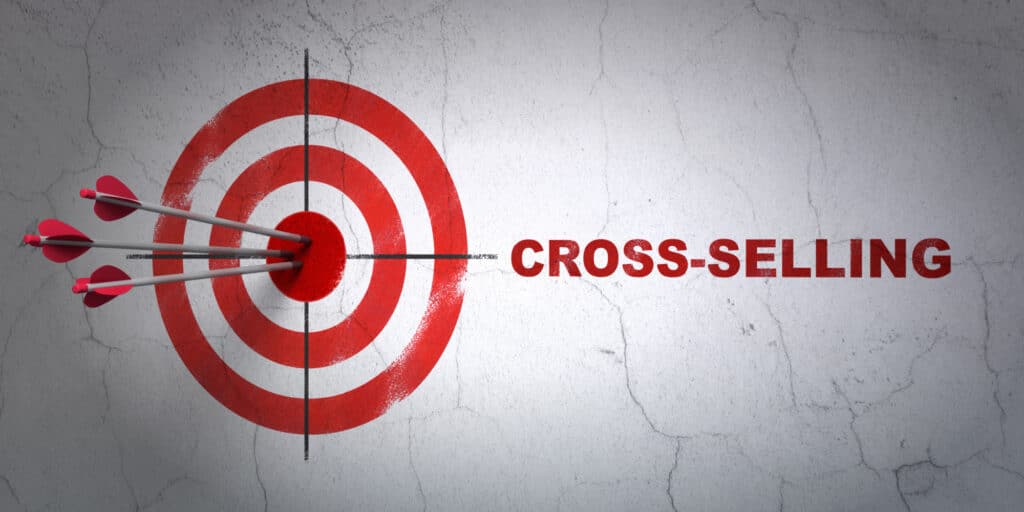[ad_1]
Have you ever wondered how to keep your business from losing money? Well, there are some simple — but often overlooked — signals that can help you identify where your revenue might be slipping away. These signals are scattered across different departments in your company, and sometimes they don’t make it to the right people in your product, financial, sales, and marketing teams. Let’s dive into these revenue signals and how to address them.
Data, Reporting, Alerting
Before we get into the specific signals, let’s talk about using data to protect your revenue. Data is like your business’s secret weapon. It can help you understand what’s going on and where you might be losing money.
Here are some practical data signals to consider:
- User Actions: When someone signs up for a trial or registers for a webinar, these actions are signs that they’re interested in what you offer.
- Product Usage: Keep an eye on how people use your product or service. You can use web analytics and tracking events to see what’s happening.
- Customer Data: Don’t ignore the information you have about your customers. It comes from different places like your sales, CRM, and marketing systems.
- First-party Data: This is data that you collect directly from your customers, like their interactions and behaviors. Connecting this data to what you already know is powerful.
- Customer Interactions: Pay attention to how your subscribers are talking to your customer service or sales teams. Those conversations can reveal a lot.
- Satisfaction Surveys: Ask your customers how satisfied they are with your service or product. Their feedback can help you spot problems.
Combine all this data with customer profiles and what they’ve bought, and you’ll have a clear picture of your revenue situation. You can do this manually, or there are many tools and platforms available that combine data to help you make sense of it all and alert you when something’s not right.

Spotting Revenue Risk Areas
Now, let’s dig into the specific areas where you might be losing money.
1 – Low Customer Engagement
When your customers aren’t actively using your product or service, it’s a warning sign they will not renew.
To understand this trend, you will need to measure and track both logins and the activity of your subscribers to understand if subscriber usage is very low, or more importantly, dropping. And you will want to be able to look at this across your subscriber-base aggregated and identify individual subscribers at risk.
What can you proactively discover?
- Do your subscribers know how to use and get engaged with your subscription product or service? Make sure your customers know how to use what they bought and are not frustrated or confused.
- In some cases, your subscriber may have left the company they purchased the subscription for. That’s one of the things that can happen when someone is an active user and just drops off. What you can do then is reach out to the company, and make sure that that’s what occurred and identify someone else who can use the seat. The advantage of this tactic is that you’re managing the renewal process much earlier, rather than waiting to the end and dropping a renewal notice on a company that may not understand the value of your subscription.
- In other cases, the value proposition of your subscription isn’t enforced or isn’t clear to the subscriber. If you believe this is your business, you have several options. You can reinforce that value proposition in your offer, welcome messages, and UI. You can also offer to do one-on-one training sessions. This is very effective in terms of saving those renewals.
- Another thing that companies tend to ignore is looking at satisfaction scores. There are a lot of companies that do customer service satisfaction scores and overall product scores. These types of surveys and tools can help you understand how your subscription product or service is being received by your customers so you can be proactive if you see issues.
By recognizing and addressing low customer engagement issues, the result is that the revenue is saved long before the subscription renewal date!

Copyright © 2023 Authority Media Network, LLC. All rights reserved. Reproduction without permission is prohibited.
2 – Low Product Utilization
If people were using your product a lot, and then they suddenly stop, that’s a red flag.
The Big Drop Off: If a product was getting a lot of activity and then that activity drops off, why? This can be for one subscriber or in aggregate. What we suggest is to do a dive and understand what is going on in your backend product! Either a function or tool wasn’t working properly, or it’s something that was not noticed at first and now you’re getting negative feedback.
Alternatively, another reason is competition and your subscribers are finding alternatives. If this is the case, you need to consider looking at pricing or your value proposition to save these renewals.
The Highly Engaged: This is the flip side of a big drop off; you have subscribers that are really getting value! Job #1 is to very quickly identify them and find out why they love and use your subscription so much! Your learnings here on product, experience, and value proposition may just help you save your at-risk segments and rethink a few core assumptions.
Too many times over the years, we’ve seen people who are selling a subscription product and not listening or taking feedback from the customers as clearly as they should be. Don’t let this be you! Listening to your customers and making changes based on their input can help keep your revenue from slipping away.
3 – Missed Up-sell and Cross-sell Opportunities
When is the time when your subscriber is most excited? Immediately after they joined your subscription or membership! You need to work hard those first few weeks to establish value and a connection with them to maximize your potential for renewal. What you also want to do is offer other opportunities to purchase add-ons – other products, if you are B2B such as additional seat licenses, or other tools they may find of value. This increases the ROI considerably.
Look at your usage data (average it out!) and understand what spikes in usage and interest signal potential upsell opportunities. Maximizing your upsell and cross-sell opportunities can significantly boost your revenue.

4 – Renewal Declines
Non-renewals in general and an overall decline in total renewal revenue is an all-hands-on-deck situation for your team.
Look at your renewals overall, and also analyze by start month creating a cohort analysis type of chart of renewal success by start month. By visually graphing this information, you will be able to understand how segments are renewing against the overall average. For example, if all start months are declining suddenly, you may have an operational issue (such as your auto-renewal emails) that has broken. If you are seeing declines in only one start month, then that may indicate the quality (source) of those subscribers is lower versus your average. This is key to track, understand, and be proactive.
Other items to track in your auto-renews? Involuntary churn issues and broken credit cards. Make sure you have a process for identifying and then acting on to recover those payments.
5 – Abandoned Purchases
This is when your prospective subscriber stops short of subscribing at checkout. About 68% on average put something in a cart to buy and then change their minds. This is a major issue when users are stopping short of actually registering and/or paying.
What are you doing about this? If you have captured an email in your registration flow, you can do an email campaign to bring them back such as: “We noticed that you did not subscribe. Please come in and do so, or buy our product.” Sometimes an incentive, or at least an incentive on the second or third attempt, is really important. Then, from a product perspective, determine where these users are dropping off in the site flow and fix that pattern.
Gaining these types of insights into how the person landed in that particular spot versus others and how that evolved into a closed sale is important. Trying to find a way to make the product and the process of ordering more effective, and incremental revenue is the result there.

Understanding these revenue signals and taking action on them is essential for keeping your business financially healthy. Be proactive, use data wisely, and focus on keeping your customers satisfied. Don’t just hope for the best; take control and protect your revenue.
Copyright © 2023 Authority Media Network, LLC. All rights reserved. Reproduction without permission is prohibited.
[ad_2]
Source link
